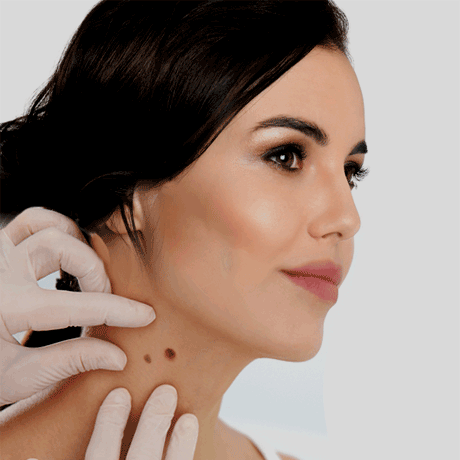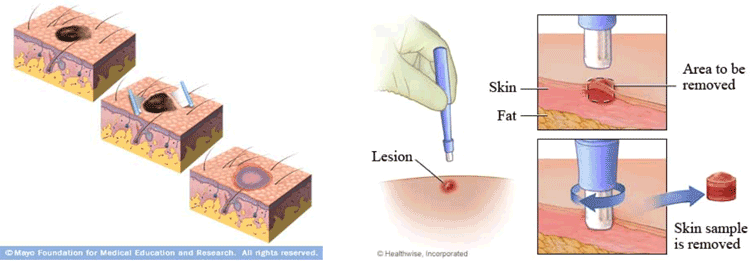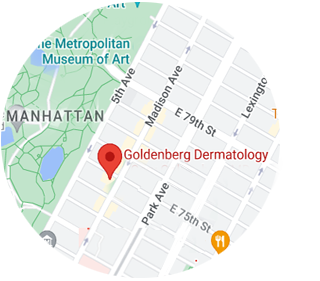Skin Cancer Biopsy | NYC
If any unusual spots have been brought to your attention whether through an at-home self-screening or through a visit to Drs. Gary and Kristina Goldenberg’s office, a biopsy is used to either confirm or deny the presence of cancer. Our doctors will recommend a biopsy for their patients when there is presence of an abnormal or discolored growth or mass on the skin, as these are often the first signs of skin cancer. Early detection increases the likelihood of successful treatment and elimination of melanoma, squamous cell carcinoma or basal cell carcinoma. It is for this reason that our doctors always stress to their patients how important it is to practice proper sun protection, regularly monitor the skin and check for visible changes.
Board certified dermatologists Gary and Kristina Goldenberg treat each patient as an individual. They understand that this may be a difficult time in your life, and are fully sensitive to any feelings or fears you may have toward getting a biopsy. They will be there to assure you during the entire process. They are experts in the detection and treatment of skin cancer and are thereby highly qualified to suit your medical needs. Dr. Gary Goldenberg is also board certified dermatopathologist.
If you live in or in close proximity to New York City, contact our office today to schedule a consultation appointment with one of our dermatologists. Our doctors also see many international patients. Contact our office if you are an international patient and special accommodations are needed.














